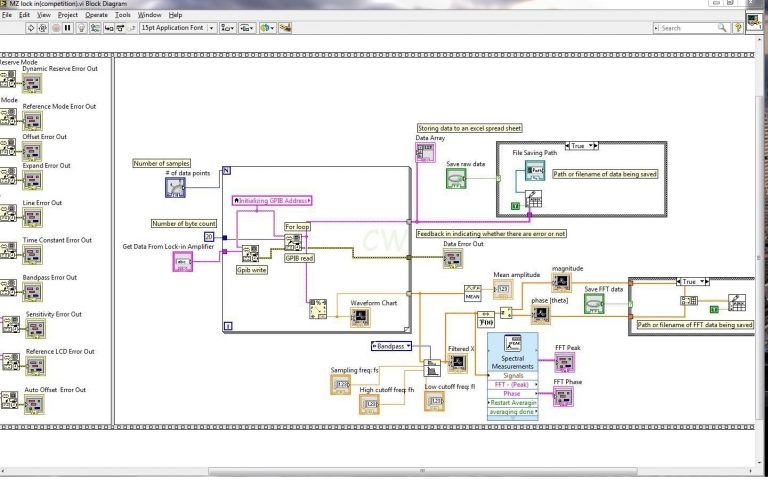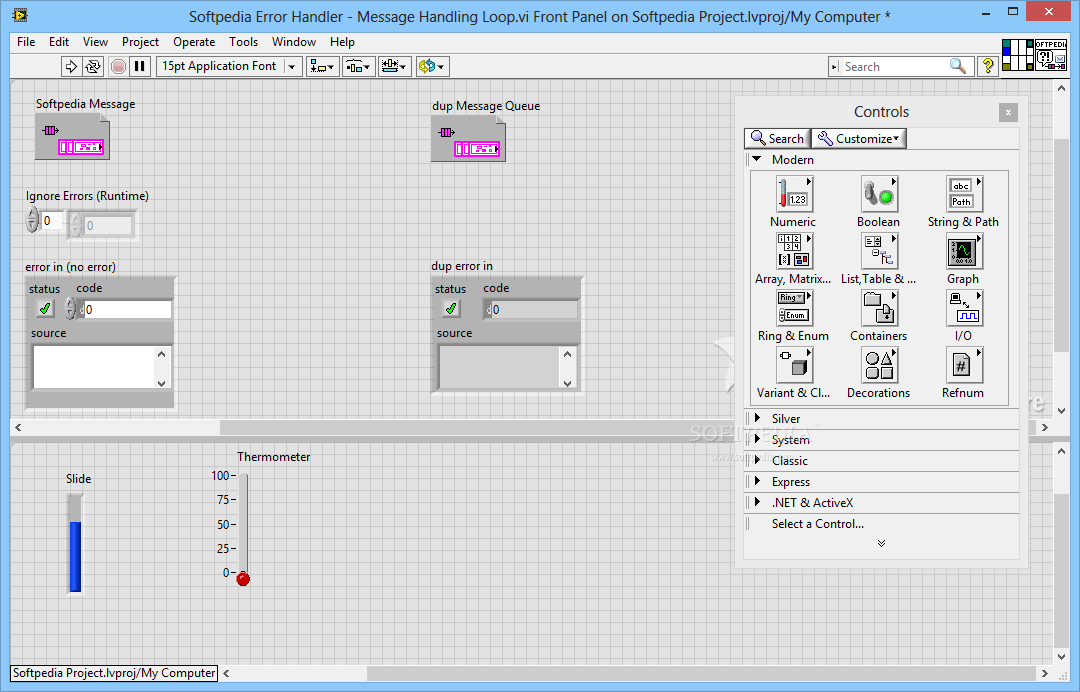
When installing you also need to run the Install.exe from the _src folder with the following command:

Labview 2019 crack install#
That process ruins the "always install" settings you made in the package builder so you need to manually copy over the install files from the Package Builder package to the "License configured" package's _src folder. Install.exe /q /AcceptLicenses yes /disableNotificationCheck /confirmCriticalWarnings /r:nĪs the installer does not accept the /AcceptLicenses yesĪfter building a 2019 package with NI Package builder and setting all apps to mandatory, you then configure license for the package through the license server License manager. The license server NI License manager licensed package cannot install unattended with the command used previously, With Labview 2019 the following issues has arisen: I've done this with LabVIEW 20 for teaching labs with 10 PCs - it took about 25% more time to do 10 than to do 1 (by my guesstimation). Yes, it is a pain, but if you have Installation Media, you can go from PC to PC starting installations sequentially (you may want to burn a few DVDs or USB Sticks, or use a Shared Drive). However, since NIPM was introduced, I have had numerous problems, particularly involving Updates, but also involving "starting over" when the installations failed (I'm in the midst of one of these right now, involving LabVIEW 2016, 2017, 2018, and 2019 - this is my 3rd or 4th failed attempt to get 2019 installed with these older versions, and I'm not happy about it).

In my somewhat limited experience (I've only been using and installing LabVIEW for about 13 years - I've done maybe a hundred installations, and until LabVIEW 2017 and the introduction of NIPM, never had much of a problem (I always did it "manually", and really appreciated the Installation program that organized the LabVIEW offerings by function so you could be sure to get all the "pieces" you needed, but not stuff you weren't using, and then did the installation in the proper order, Device Drivers last).


 0 kommentar(er)
0 kommentar(er)
